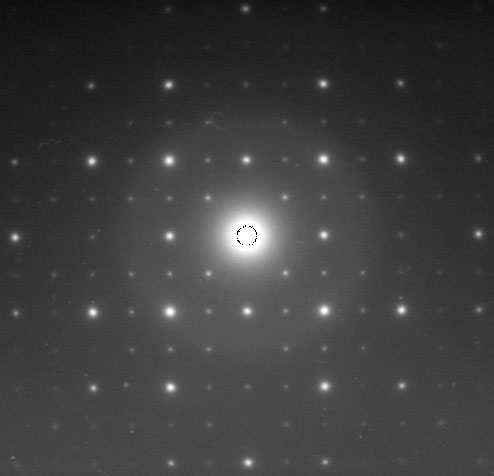

A major current challenge in membrane biophysics is to understand the extent to which nonrandom mixing of these various lipid species is coupled to protein function. Cells have evolved a remarkable array of different lipid species, 2 and to a large extent the function of a membrane protein is determined by the particular coterie of lipids in its immediate environment. Here too, what was initially thought to be a relatively simple role is giving way to a more complicated picture. Importantly, the amphiphilic lipids are responsible for providing the characteristic bilayer structure and serve as the solvent for membrane proteins.

1 Membranes are the sites of transport of ions and small molecules, where the chemical gradients that supply energy to the cell are established and maintained. The vast array of protein machinery found in membranes hints at a remarkable functionality, as nearly one third of the human genome encodes for membrane proteins. Long thought to serve as a simple barrier, cellular membranes are now known to exhibit complex behaviors. Membranes play a central role in the life of a cell. We discuss possible reasons for the discrepancies between these two important types of data that are frequently used as validation metrics for molecular dynamics force fields. Conversely, constrained area simulations at 61.9 Å 2 resulted in good agreement between the simulation and experimental scattering form factors, but not with S CD profiles from NMR. Furthermore, scattering form factors calculated from the unconstrained simulations were in poor agreement with experimental form factors, even though segmental order parameter (S CD) profiles calculated from the simulations were in relatively good agreement with S CD profiles obtained from NMR experiments. Unconstrained all-atom simulations of PSM bilayers at 55☌ using the C36 CHARMM force field produced a lipid area of 56 Å 2, a value that is 10% lower than the one determined experimentally with the SDP analysis (61.9 Å 2). Using a newly developed scattering density profile (SDP) model for sphingomyelin lipids, we report structural parameters including the area per lipid, total bilayer thickness, and hydrocarbon thickness, in addition to lipid volumes determined by densitometry. We have determined the fluid bilayer structure of palmitoyl sphingomyelin (PSM) and stearoyl sphingomyelin (SSM) by simultaneously analyzing small-angle neutron and X-ray scattering data.


 0 kommentar(er)
0 kommentar(er)
